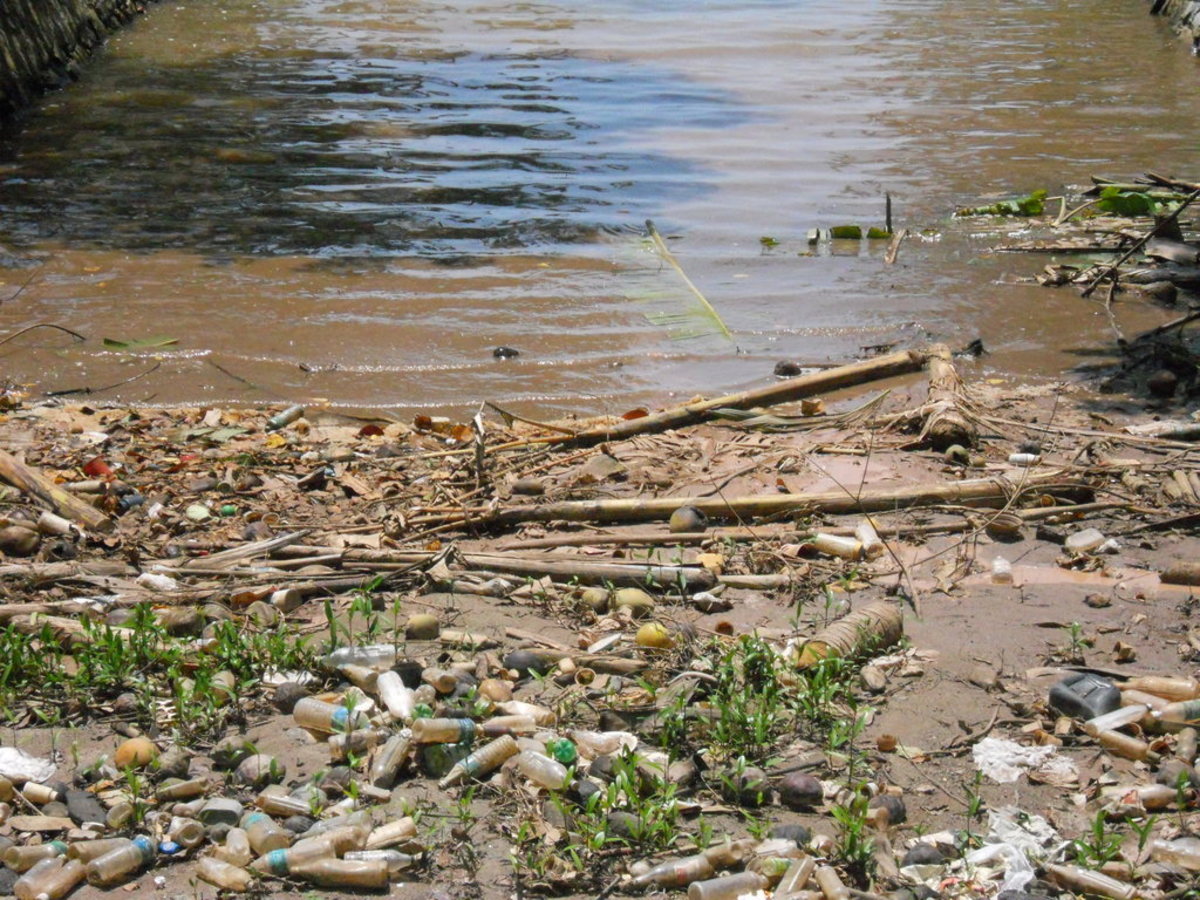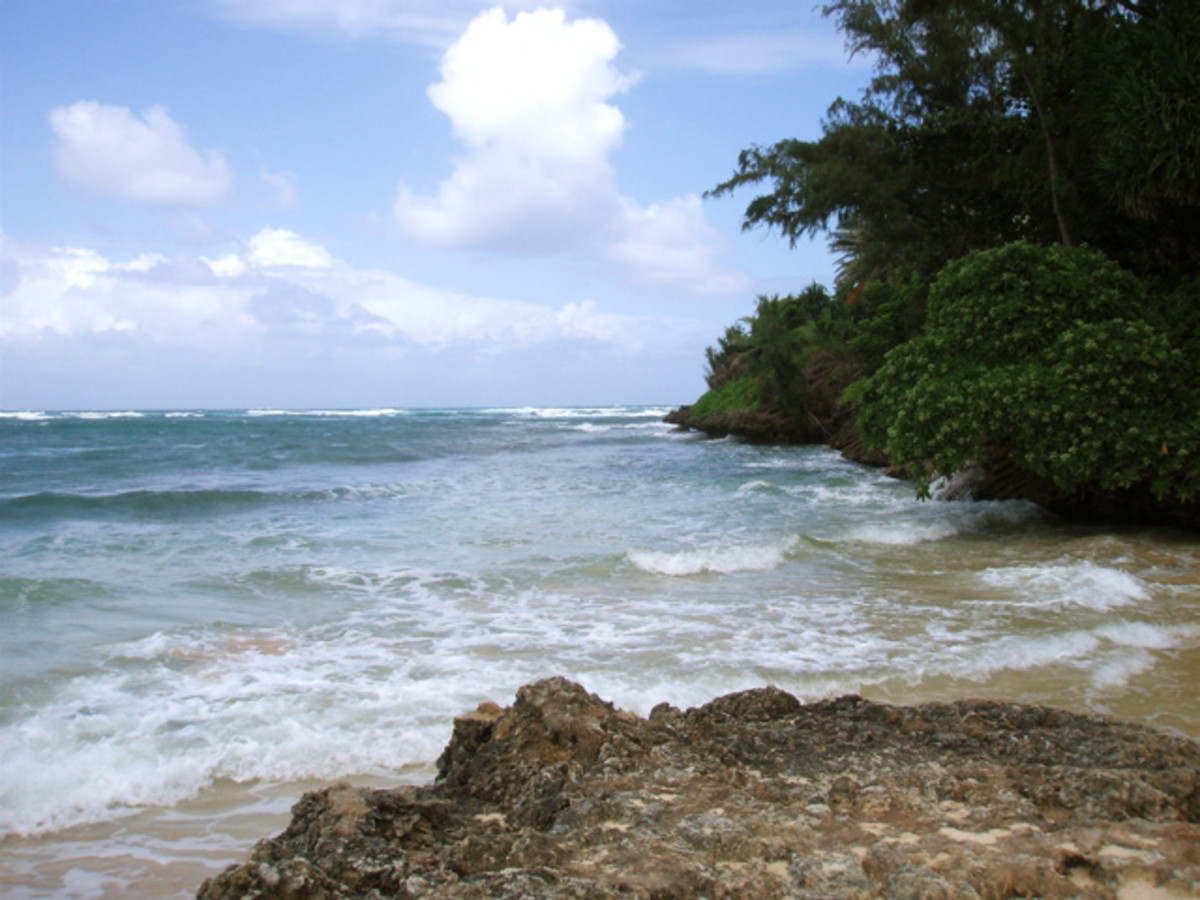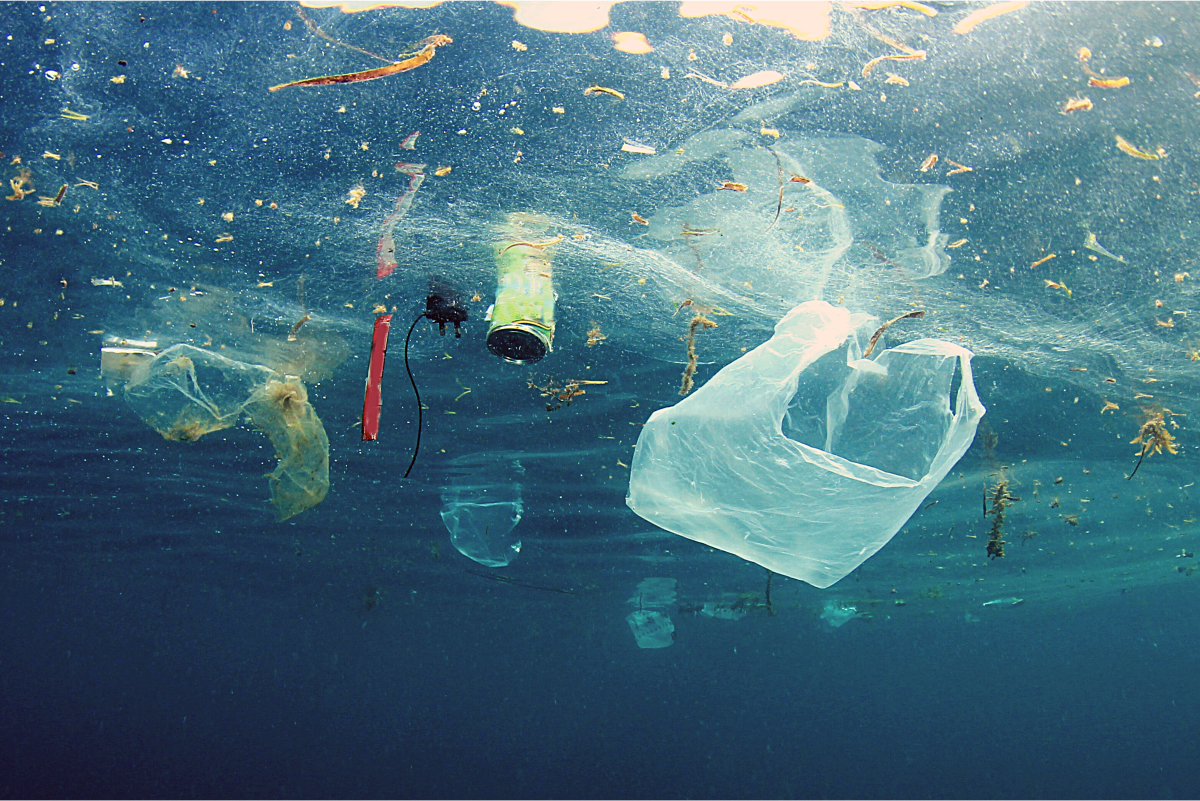Coral Reefs and Watershed Management



Some reef facts
Everybody has probably heard at one point about coral bleaching and the shrinking number of coral reefs around our planet. There are great hubs and many other sources on the internet about what is causing corals to bleach and eventually die if the process has gone too far. In a nutshell, rise of ocean temperatures and carbon dioxide levels (aka ocean acidification) are interrupting the delicate symbiosis between colorful algae and coral polyp, putting stress on the coral. This stress causes the coral to expel the algae, which provides the coral with oxygen and nutrients it needs to survive.
Coral reefs are ecosystems comparable in their complexity with rain forests and their degradation will affect other organisms as well; it is estimated that they are home to 25% of marine life. But they do not only preserve marine biodiversity, they also provide food for island communities, offer shoreline protection from storms and tsunamis and are of immense economic value for the tourist industry and recreation. NOAA (National Oceanic and Atmospheric Administration) estimates this value to be USD 364 million each year for the state of Hawaii. In addition to all the other benefits that coral reefs provide, they have many times a traditional meaning for island cultures. In the Hawaiian creation chant “Kumulipo”, ancient Hawaiians named the coral as third to be born, after the male and the female, making it one of the oldest and important life forms.
Coral degradation
And yet, those rainforests of the sea are treated with the same lack of care as their equivalent on land. The most famous coral reefs and tourist destinations are no exception; the Great Barrier Reef, the world’s largest reef system, has lost about half of its corals as of today. Reports about coral bleaching in popular destinations such as the Caribbean Sea and Indian Ocean (like Indonesia, Maldives, Thailand), or the Red Sea can increasingly be found. Main reasons for the degradation of our corals are climate change (global warming and resulting acidification), unsustainable fishing (overfishing or methods like dynamite fishing), and pollution (watershed pollution, sedimentation, etc.). Further harmful activities include unsustainable tourism (dropping anchors or dragging chains, selling of coral souvenirs), coral mining (use as building material), and coastal developments in general.

Watershed management plans
Efforts on a global (CO2 reduction) as well as on a local level (fishing regulations and watershed management) are needed. In Hawaii, local organizations like Malama Maunalua on East Oahu, or Hui o Ko`olaupoko on the windward side of Oahu, have been founded in the past couple of years to develop and implement watershed management plans. They mostly try to tackle the problems of land-based pollution. Malama Maunalua seeks to reach out to the community and educate about methods of how to restore and maintain the health of Maunalua Bay. In the downloadable handbook on their website, they summarize strategies of how to actively contribute to a healthy bay (with intact coral reef ecosystems). Those strategies are applicable for probably every developed area close to water bodies:
Whenever there is urban development, nature needs to make room for streets, parking lots, buildings, and lawns. In a healthy ecosystem, natural vegetation and landscapes (untouched creeks, ponds) filter sediments and slow down water before flowing into the ocean. However, concrete, stone, and other impermeable surfaces leave no time for this process and water takes the direct path through the storm drain. This water usually picks up fertilizer, herbicides, pesticides, car oil and grease, other chemicals and garbage. The contaminants find their way directly into the ocean. Large amount of sediment cover the coral reefs and reduce the light the coral needs. This makes perfect conditions for some invasive algae, which smother the coral even more and overgrow native species.
Watershed management plans suggest ways how to reduce that runoff. They explain why and what kind of materials are needed for permeable surfaces around the house, what kind of vegetation to choose for your garden, or how to implement good irrigation practices. They show what to be aware of when trying to keep the water clean of pollutants and many more tips what every one of us can do. And not only can do, but is basically obligated by law to do so (EPA clean water act).
The approach of watershed management plans seems to be one perfect starting point for aware residents, who directly affect and are directly affected by the health of coral reef systems. Those plans usually also contain conservation measures for agricultural development, which similarly affects the health of coral reefs. Fertilizers get into the ocean, adding excess nutrients (nutrification). This nutrient runoff can trigger algal bloom, which in turn blocks the sunlight the coral needs. Soil loss through sedimentation can be reduced by, e.g., retention basins, vegetative filter strips, water bars, etc.








